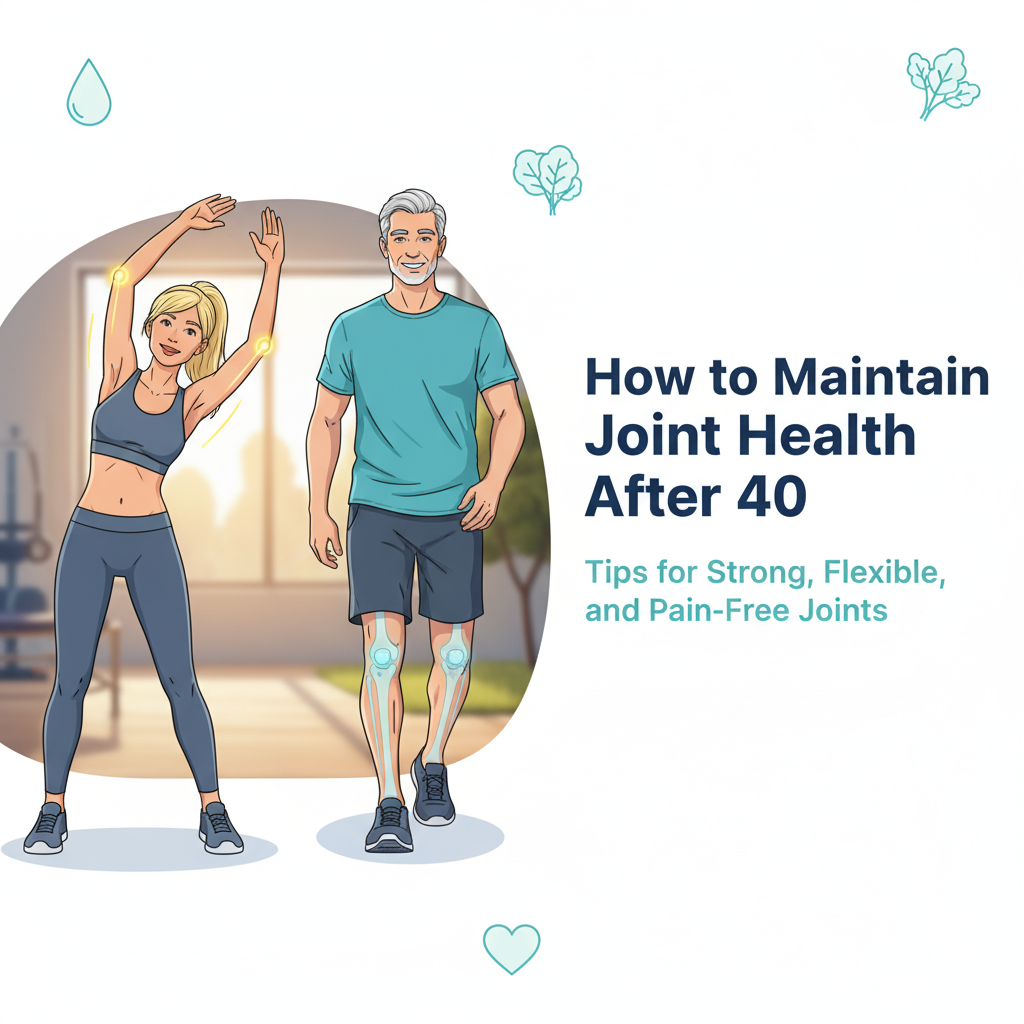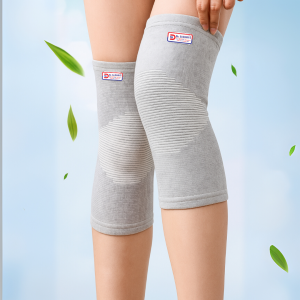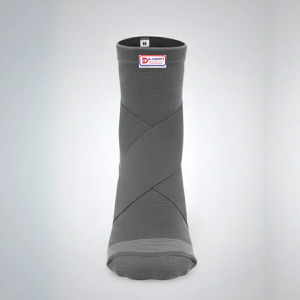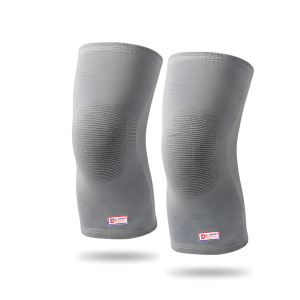After the age of 40, it’s common to start noticing stiffness in your knees, shoulders, or back — especially after waking up or sitting for long hours. While joint discomfort is often considered a natural part of aging, it doesn’t have to limit your mobility or quality of life. With the right habits, you can keep your joints strong, flexible, and pain-free for years to come.
In this article, we’ll explore the key reasons joints weaken after 40, practical ways to protect them, and when it’s time to seek professional help.
Why Joint Problems Increase After 40
As we age, several factors contribute to joint wear and tear:
-
Cartilage Degeneration: The natural cushioning between bones thins out, causing friction and stiffness.
-
Reduced Muscle Support: Weak muscles around joints put more stress on them.
-
Lower Collagen Production: Collagen helps keep tissues flexible, and its production slows with age.
-
Lifestyle Factors: Long hours of sitting, lack of exercise, obesity, and poor posture accelerate joint stress.
Ignoring early signs like mild pain, cracking sounds, or stiffness can lead to chronic joint disorders, including arthritis or tendon inflammation.
Daily Habits to Keep Your Joints Healthy
1. Stay Physically Active
Regular low-impact exercises such as walking, swimming, or cycling help lubricate your joints and strengthen the supporting muscles. Aim for at least 30 minutes of movement most days of the week.
2. Maintain a Healthy Weight
Every extra kilogram adds unnecessary pressure on your knees and hips. Managing your weight through balanced nutrition significantly reduces joint strain.
3. Eat a Joint-Friendly Diet
Include foods rich in:
-
Omega-3 fatty acids (from fish, flaxseed, walnuts) to reduce inflammation
-
Calcium and Vitamin D for strong bones
-
Collagen-boosting foods like bone broth, citrus fruits, and berries
4. Practice Good Posture
Poor posture while sitting, standing, or lifting can misalign your joints. Keep your spine neutral, shoulders relaxed, and avoid hunching forward.
5. Avoid Overuse and Repetitive Strain
Activities that involve repetitive joint movement — like heavy lifting or prolonged standing — can accelerate wear. Take breaks and stretch regularly.
6. Stay Hydrated
Water keeps the cartilage between joints smooth and lubricated. Dehydration can make your joints feel stiff or achy.
Protective Support: Using Braces or Binders
If you experience mild joint instability or pain, using supportive gear like an ankle binder can provide additional stability, reduce swelling, and prevent further injury.
At Dr. Sudhir’s Pain Relief Clinic, we often recommend high-quality binders for patients recovering from sprains or managing chronic joint weakness — helping them stay active without discomfort.
When to Consult a Specialist
Don’t ignore persistent pain, stiffness, or swelling that lasts more than a few weeks. These may be early warning signs of degenerative joint conditions. Consulting a pain relief specialist early allows timely diagnosis and treatment — preventing long-term damage.
At Dr. Sudhir’s Pain Relief Clinic, we help patients restore mobility through advanced non-surgical therapies, personalized physiotherapy, and lifestyle correction plans.
Final Thoughts
Joint pain after 40 is not inevitable. By combining healthy habits, preventive care, and professional guidance, you can maintain flexibility and enjoy an active lifestyle for decades.
If you’re struggling with ongoing joint discomfort, reach out to our team — we specialize in helping patients move freely again without relying on long-term painkillers or surgery.
Call our specialists at +91 91636 95790.







